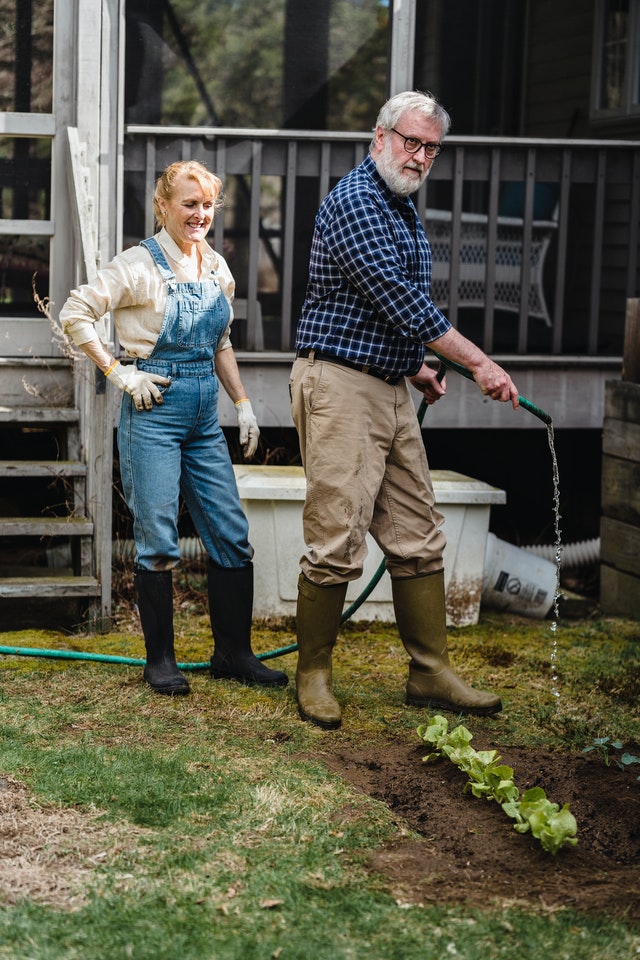Garden hoses are important tools in the yard, but most people don’t realize how many types of hoses there are. To maximize your watering experience, it’s important to choose the right hose based on the amount of use you will get out of it. Do this by considering its length and the overall flexibility you require. Use this guide to help you better understand these differences so you can choose the best hose for your needs.
Silicone Rubber (SR)
This is a highly durable material, but these hoses cannot be coiled or bent when empty because it’s much stiffer than rubber. The biggest advantage here is that silicone doesn’t kink and tangle, so you won’t have to worry about constantly readjusting your hose as you move around your yard. In addition, a thick silicone garden hose can withstand cold water and chemicals for years on end without cracking.
Polyurethane (PU)
Durable, lightweight, and flexible. It’s a good choice for short hoses that you might drag across rough surfaces. However, it tends to crack when kinked frequently and does not work well with high-pressure water systems. The material is also slippery in moist environments and could be more expensive than rubber or vinyl hoses. These hoses are typically available in black or brown shades but can come in several other colors at higher price points.
Composite Materials
When shopping for a garden hose, there are several considerations to keep in mind. First, the material used to make the hose will impact its performance and longevity. Some hoses made with synthetic materials use latex or plastic-based materials such as polyurethane, polyvinyl chloride (PVC), and chlorinated polyvinyl chloride (CPVC). There are also hoses made with natural materials like cotton or rubber.
Metal Reinforced (MR)
Also known as corrugated hoses, MR hoses have been around for over a century. The materials used to make these hoses have changed dramatically over time. While they were once rubber wrapped in steel or canvas, modern versions now have rubber wrapped in nylon and synthetic materials. One major advantage that MR hoses have is their flexibility. However, they tend to be less resistant to punctures than other types of hoses. You can also bend them into tighter positions without damaging them.
PVC
Polyvinyl chloride (PVC) is a material that can be formed into almost any shape, making it one of the most popular materials for use in garden hoses. PVC also has excellent chemical resistance, which makes it useful for those who have particularly harsh chemicals in their yard and garden. PVC is also easy to work with, making it an excellent choice for amateur DIY gardeners who aren’t experts at working with tools and equipment.
Out of all the hoses, rubber hoses are more expensive because they won’t leave a kink in your hose. According to Jon-Don, you can buy a vacuum hose reel to avoid kinks. A vacuum hose reel makes it easy to move your hose around since there’s no need to lift it from one place to another every time you want to reach a new area.
click here for more information.







